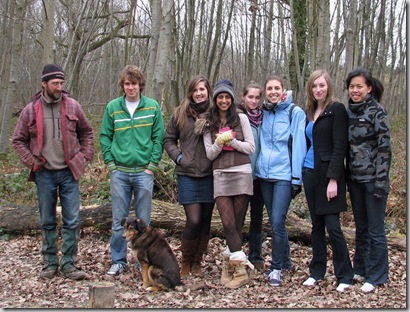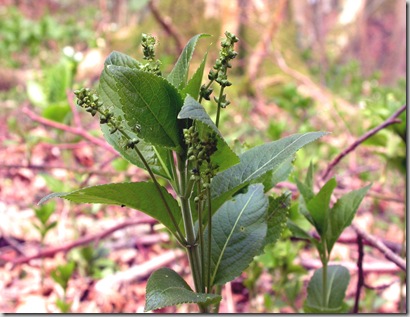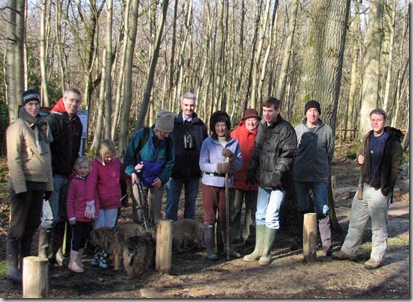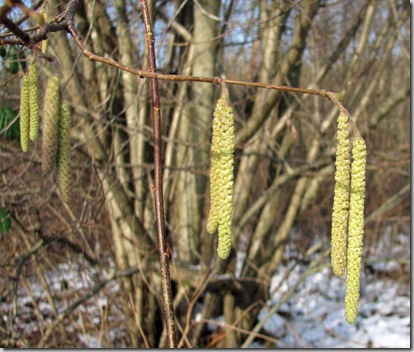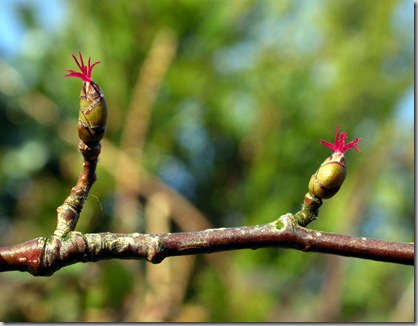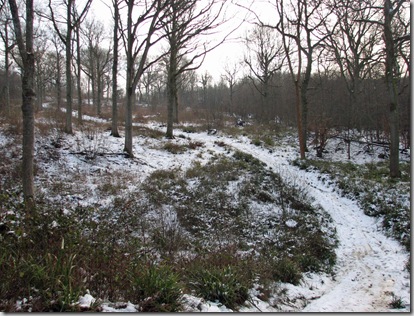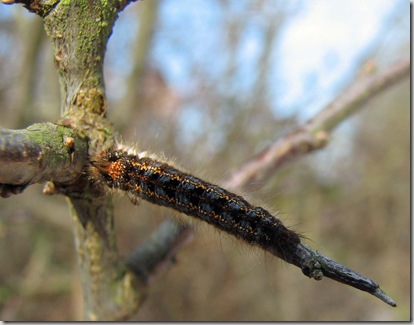Today a group of trainee teachers led by Zahra Amlani (fifth from right below) from the University of Brighton visited Brede High Woods to agree a conservation/ecology project that they can undertake this spring.
After a walk round with Dave Bonsall, the Woodland Trust's manager (above left), and myself, they agreed that they would look at the distribution of bluebells in some of the ancient woodland areas.
The plant is an ancient woodland indicator but shows a very varied pattern of distribution both in older woods and more recent ones.
Why, for example, do bluebells grow on the left side of this woodland stream and hardly at all on the other? (It isn't the geology)
It may be to do with past patterns of management, but the more data we have the better we will be able to make sure the species continues to deliver its gorgeous sheets of shimmering, scented blueness every spring.
The plant leaves are already well up and will, as usual, be in full flower in May.
